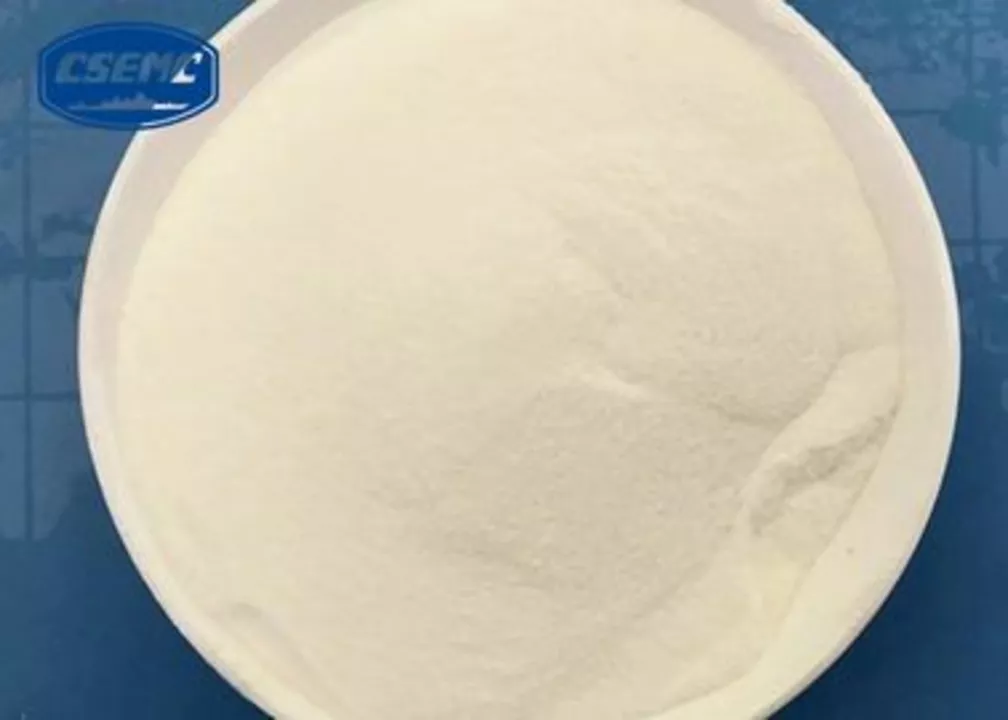Calcium acetate is a versatile compound that I've recently discovered has several applications in dentistry. As a copywriter, I'm always intrigued by such innovations, so I decided to dive in and explore its uses. It turns out that calcium acetate can be used as an effective desensitizer, temporary cement, and even for pulp capping. Furthermore, it can prevent dental caries by releasing fluoride ions and calcium ions, making it beneficial for overall oral health. I'm excited to see how this compound continues to shape the future of dentistry!
Calcium Acetate: What It Is and How to Use It
Calcium acetate is a prescription phosphate binder used mainly by people with chronic kidney disease and on dialysis. It binds dietary phosphate in the gut so less gets absorbed, helping keep blood phosphate in a safer range. Keeping phosphate controlled prevents bone and heart problems linked to kidney failure.
Doctors usually tell patients to take calcium acetate with meals or snacks because it works by trapping phosphate from food. Typical doses vary, so follow your prescription — hits like 1334 mg (which equals 667 mg elemental calcium) per tablet are common, and your provider may adjust dose based on lab tests. Don’t guess or double up without checking labs.
Practical tips for taking calcium acetate
Take it right when you start eating or within a few minutes. Swallow tablets whole with water. If you miss a dose, skip it until the next meal — don’t take extra to catch up. Keep a list of all your medicines; calcium acetate can add to your total daily calcium and raise the risk of high blood calcium.
Watch out for common side effects: constipation, stomach upset, nausea. Less common but serious effects include high blood calcium (symptoms: weakness, vomiting, confusion) and vascular calcification over time if phosphate and calcium balance are off. Regular blood tests matter — your clinic will check calcium, phosphorus, and parathyroid hormone levels.
Interactions, alternatives, and what to tell your doctor
Tell your doctor about other calcium sources like supplements, antacids, or vitamin D — combining them can push calcium too high. Certain drugs (like quinolone antibiotics or iron supplements) may interact when taken at the same time; spacing doses by a couple of hours helps. If you have a history of high calcium or are taking digoxin, mention it.
If calcium acetate isn’t right, alternatives include sevelamer, lanthanum carbonate, and sucroferric oxyhydroxide. Each has pros and cons — sevelamer doesn’t add calcium, lanthanum works well but needs special handling, and iron-based binders can affect iron labs. Discuss these with your nephrologist based on your blood work and preferences.
Store tablets at room temperature in a dry place away from kids. If you’re pregnant, breastfeeding, or planning to become pregnant, talk to your doctor — kidney disease care changes during pregnancy and doses may be adjusted. Don’t stop or change doses without medical advice.
Bottom line: calcium acetate is effective and simple when used correctly — take it with meals, keep lab appointments, and tell your care team about other calcium sources and medicines. If side effects or lab results are concerning, your provider can switch you to a different binder that fits your needs better.
Ask your dialysis team how often they will check labs — usually every month or every three months depending on stability. Bring a list of your meals and snacks if phosphate control is hard; dietitians can suggest swaps. Keep an emergency card noting kidney disease and phosphate binder for medical visits and travel.

